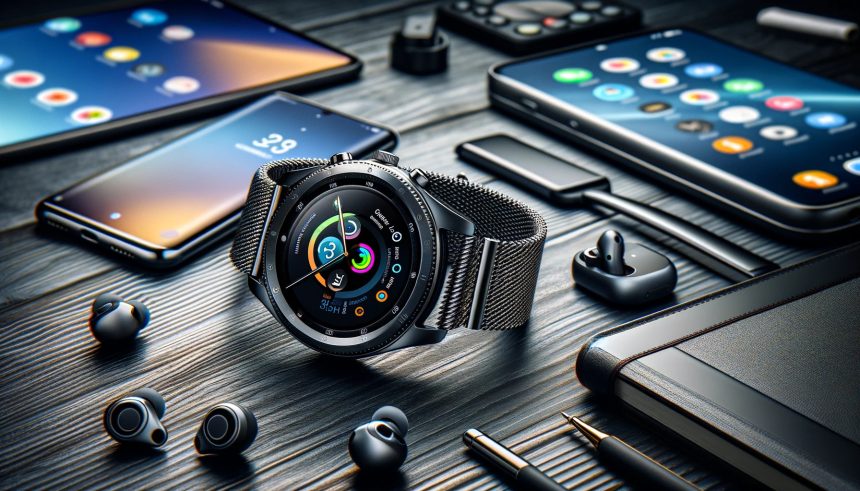Samsung’s Galaxy Watch 7 has caught the attention of consumers after a notable price drop on Amazon, reducing its cost to AU$348.83. This move marks a significant opportunity for budget-minded shoppers considering a smart wearable upgrade. The timing of this price change could drive increased interest in Samsung’s smartwatch lineup, as buyers seek value without compromising on well-known brands. Retailers, meanwhile, may look at how such pricing strategies affect purchasing decisions, particularly in the competitive wearable technology market. For those weighing their options, the lower price may offer a compelling reason to prioritize features over novelty.
Samsung’s price promotions for previous Galaxy Watch generations seldom matched the extent of the most recent offer. Earlier releases, including the Galaxy Watch 6, often saw moderate discounts but rarely reached historical lows this early in their lifecycle. This price drop arrives as consumer adoption of smartwatches in Australia steadily increases, prompting attention to product value and after-sales support. Market analysts suggest these changes are part of a wider trend as device manufacturers respond to inflation and shifting consumer priorities.
What distinguishes the Galaxy Watch 7 at this price?
At the new price point, the Galaxy Watch 7 competes with other well-established smartwatches by providing a range of features tailored for both health tracking and day-to-day convenience. Notable aspects include advanced fitness sensors, durable construction, and integration with Samsung’s broader device ecosystem. Buyers may evaluate these elements alongside the current discount, weighing longevity and regular software updates. Samsung’s positioning attempts to keep its products accessible despite broader economic uncertainties.
How does Samsung justify the price reduction?
“We want customers to enjoy the Galaxy Watch 7’s capabilities without financial barriers,”
a Samsung spokesperson stated regarding the discount. The company highlighted that competitive pricing remains part of its strategy to drive user engagement and maintain relevance among budget-conscious consumers.
“Delivering value is essential for our continued growth in wearables,”
the spokesperson added. Samsung also reassured buyers that customer support and warranty services would remain unchanged despite the lower pricing, underlining their plans for sustaining long-term product adoption and brand loyalty.
Could rival brands react to this move?
Industry watchers expect that Samsung’s new pricing could prompt responses from competitors such as Apple, Garmin, and Fitbit. These companies may evaluate their promotional strategies or introduce limited-time deals to safeguard their market share. While each smartwatch brand touts distinct features, pricing often influences purchasing decisions, especially for those weighing technical advancements against overall affordability. Success of this price adjustment will likely be measured in sales data and as an indicator for future industry promotions.
Recent discount strategies signal heightened competition in the global smartwatch segment, with Samsung’s Galaxy Watch 7 offering a combination of accessibility and capability. Consumers exploring the wearables market benefit from monitoring the timing and depth of sales, especially given the unpredictable frequency of substantial discounts. The warranty coverage, integration with popular handset models, and ongoing software updates are yet other considerations for would-be buyers assessing the lowest price points. Those seeking utility and ecosystem synergy may find the latest pricing an appealing proposition without the urgency of impulsive spending, suggesting careful consideration of long-term value alongside immediate cost savings.










